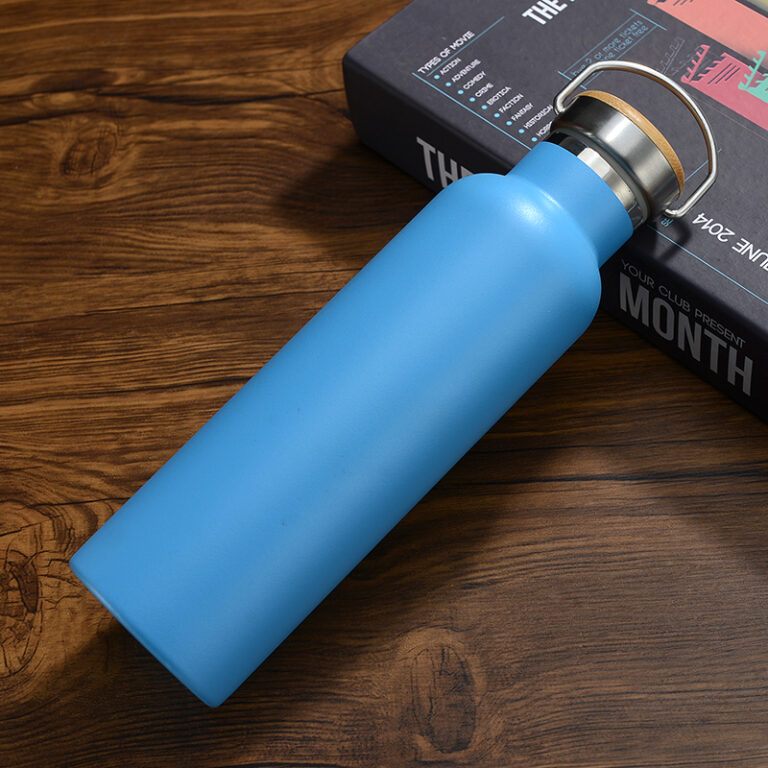How to Purchase BPA Free Drink Bottles & Tumblers? Knowledge of BPA

Introduction
Plastic drink bottles and tumblers have become a staple in our daily lives, offering convenience and portability. However, concerns regarding the chemical Bisphenol A (BPA) have raised questions about the safety of certain plastic products. Understanding BPA and knowing how to purchase BPA-free drinkware is crucial for making informed choices and safeguarding your health. This article delves into the details of BPA, its potential risks, and provides guidance on selecting BPA-free alternatives.
What is BPA and Why is it Concerning?
Bisphenol A (BPA) is a chemical used in the production of certain plastics, including polycarbonate plastic. It’s found in a variety of products, such as water bottles, baby bottles, food containers, and some dental sealants. The concern with BPA arises from studies suggesting potential health risks, particularly in children and infants. These risks include:
Properly Clean and Store Your Drinkware: Use gentle detergents and avoid harsh chemicals when cleaning your drinkware. Store them in a cool, dry place away from direct sunlight.
Conclusion
Understanding the potential risks of BPA and knowing how to identify BPA-free products is essential for making safe and informed choices. By opting for BPA-free alternatives such as stainless steel, glass, ceramic, or food-grade silicone, you can enjoy your beverages with peace of mind, knowing you are minimizing your exposure to potentially harmful chemicals.
Endocrine Disruption: BPA mimics the hormone estrogen and may interfere with the body’s endocrine system, potentially leading to reproductive issues, developmental problems, and increased risk of certain cancers.
Increased Risk of Obesity and Diabetes: Some research suggests a link between BPA exposure and increased risk of obesity and type 2 diabetes.
Cardiovascular Health: BPA exposure has been associated with an increased risk of heart disease and hypertension.
Identifying BPA-Free Products:
When purchasing drinkware, look for the following indicators to ensure they are BPA-free:
Recycling Symbol: Look for the recycling symbol with the number “7” and the letters “PC” below it. This indicates that the product is made from polycarbonate plastic and may contain BPA. Avoid these products.
BPA-Free Label: Many manufacturers now label their products as “BPA-free” to indicate they do not contain the chemical.
Alternative Materials: Opt for products made from BPA-free materials such as:
Stainless Steel: Durable and safe, stainless steel is a popular choice for water bottles and tumblers.
Glass: Glass is a natural and inert material that does not leach chemicals into your drinks.
Ceramic: Ceramic is another safe and non-toxic option for drinkware.
Food-Grade Silicone: Silicone is a flexible and durable material that is free of BPA and other harmful chemicals.
Additional Tips for Choosing Safe Drinkware:
Read Product Labels: Always read product labels carefully and look for information regarding materials and BPA content.
Avoid Heated Plastic: Do not heat plastic containers or bottles, as heat can cause BPA to leach into your food or drinks.







